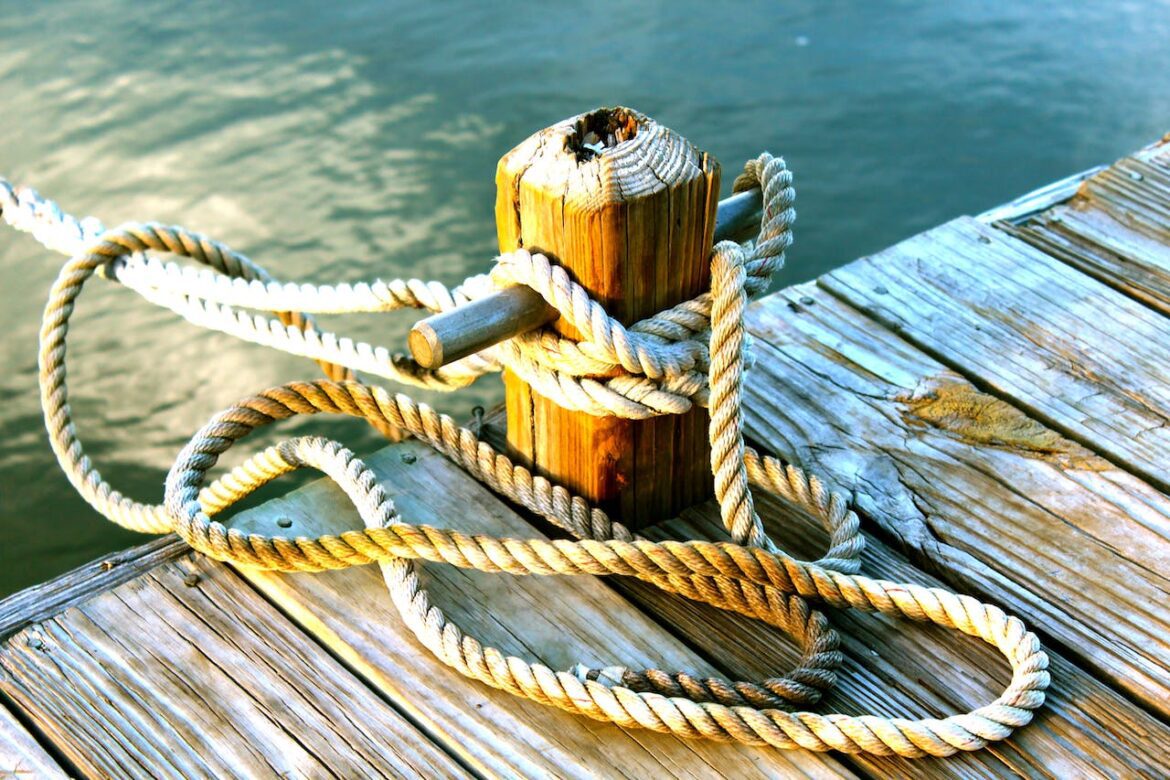When it comes to maintaining your dock, there are several things you need to keep in mind. Some issues, such as splintered lumber or loose screws and nails, can turn into serious problems later on.
Wood that comes into contact with saline water is prone to rot, so looking for signs of rotting boards is essential. Also, watch out for rust stains on metal components.
Repair Broken Parts
Due to constant exposure to water, the structural elements of boat docks often get damaged over time. Cracks in the wood, rotting boards, and other issues must be repaired immediately. Otherwise, they are likely to worsen and make the dock unstable.
Likewise, any metal parts on the dock should be checked regularly. Since metal doesn’t mix well with water, they’re prone to rusting. A little rust is not a big deal, but if the problem is severe, you may need to replace the whole component.
It’s also wise to check the connection points, which include welds and screws. These are often the first to break or deteriorate, making the dock wobbly.
Inspect the Deck
One of the most important things you can do to help extend the lifespan of your dock is to inspect it regularly. Look for loose or broken hardware, spongy deck boards that may be rotting, and other signs of damage. You should also make sure your access ladders are sturdy and secure.
Ideally, you should conduct a thorough inspection each year before you put your dock in the water or have dock services. This will allow you to notice any new or worsening issues so that they can be addressed quickly and effectively.
You should also re-stain your dock each year to protect the wood from deterioration and give it a nice, appealing appearance. This chore should be scheduled during the fall or winter when the marina’s water levels are lowest, allowing you to re-stain more of your dock’s surface area.
Check the Structural Elements
Inspecting your dock regularly is essential to maintaining it, but this task can easily get lost in the shuffle. To combat this, schedule a time to look at the dock (and take pictures). By making it a priority on your calendar, you’re less likely to forget about it and more likely to complete it.
It’s essential to look for any loose planks, screws or nails, and rotting boards that need to be replaced or fixed. These problems pose a safety hazard for anyone using the dock and can lead to costly repairs.
Check the foundation for signs of deterioration as well. This is one of the most important things to watch, as a damaged foundation could mean the entire dock must be replaced. Buying a new dock may make more sense if the damage is extensive enough than fixing the old one.
Get Rid of Microorganisms
While it is easy to let a dock inspection slide because life gets busy, try to set reminders on your phone or write down when you will thoroughly inspect and clean the dock. This way, you are less likely to forget and can save yourself money in the long run.
Take advantage of minor issues like a crack in the dock or any signs of rot. These minor issues can worsen and become costly repairs if left untreated.
Taking a picture of your boat dock once a month can help you see subtle changes over time. This will allow you to see the rate of deterioration and plan accordingly for future repairs. For example, if the pilings are beginning to show signs of wear and tear, you can protect them by installing plastic sleeves or wraps around them. This will increase the longevity of your dock while also saving you money in the long term.




